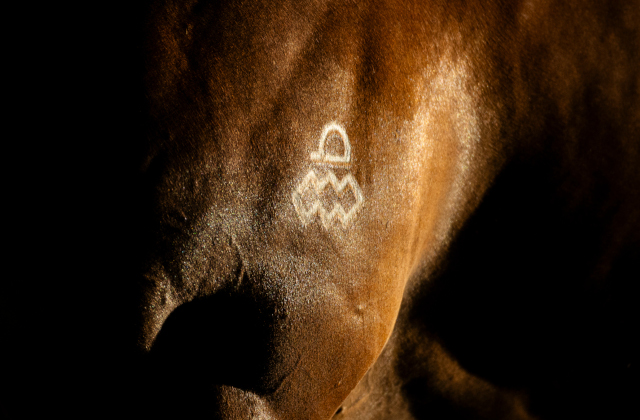Standardbred study Dispels Alleged A.I. Benefits
Would the introduction of Artificial Insemination (A.I.) improve overall fertility in the Thoroughbred herd? Would A.I. cause a narrowing of the Thoroughbred gene pool?
Pro-A.I. supporters will state that A.I. improves fertility rates and that it does not narrow the gene pool.
New research conducted by Arrowfield Group’s pedigree analyst, Peter Jenkins – using the Australian Standardbred industry as a model – has uncovered some interesting results. Jenkins’ research shows that overall fertility, as manifested in the live foal rate, diminished with the use of A.I. and that there has been a significant narrowing of the gene pool since its widespread introduction into the Standardbred industry.
The use of the Australian Standardbred industry as a model to study the effects of A.I. carries strong credibility due to identical geographical and climatic conditions and a common pool of veterinary expertise.
In 1994 the live foal rate for Thoroughbreds in Australia was 63.4%, trailing by 6.4% the Standardbred rate of 69.8%. However, by 2008 the Thoroughbred live foal rate had risen to 67.0%, eclipsing the Standardbred rate of 61.3% by 5.7%. Interestingly, the very first year that imported frozen or chilled semen was used on more than 100 Standardbred mares – 1998 – was the very year that the Standardbred live foal rate fell below that of the Thoroughbreds. The evidence indicates that there is no overall fertility benefit to be gained by allowing A.I. usage within the Thoroughbred industry.
It is also evident, as seen by the comparative study of the top 20 most popular stallions in the Standardbred code, in both the pre-A.I. and current era, that stallion numbers in the Standardbred industry have been reduced by more than half with the most popular stallions serving vastly more mares. Disturbingly, the top 5 Standardbred sires averaged 341 mares served per season (incl. chilled semen services in NZ) and the top 20 sires covered 42% of the total broodmares bred not just in Australia but in Australia and NZ combined. This compares with 15.8% of mares bred being covered by the top 20 stallions in the pre-A.I. Standardbred era. It would therefore be very difficult to argue that a similar pattern would not develop if A.I. were introduced in Thoroughbreds.
“In fact, if the Australian Thoroughbred industry was overlaid with the Standardbred model, we could see the top 20 Thoroughbred stallions ‘covering’ over 550 mares annually on average” said Peter Jenkins.
“This reduction of stallion numbers and the enlarged books served by the most popular sires (as evident in the Standardbred industry) would logically result in a significant genetic narrowing which, using sirelines as a marker, is confirmed by our research” added Jenkins.
Further, given that overall genetic narrowing in the Standardbred code is tempered somewhat by mainly colonial damlines, the impact of A.I. on the Thoroughbred code is liable to be more dramatic in terms of genetic narrowing due to the high numbers and the very strong commercial impact imported mares have enjoyed in Australian Thoroughbred breeding in recent years.
“I believe the Standardbred experience confirms that an A.I. regime in Thoroughbreds would result in genetic narrowing, a likely significant reduction in stallion numbers together with a large increase in the number of mares being bred by popular stallions leading to a greater concentration of power among stallion owners, and added to this no fertility advantage for the general broodmare population”, said Arrowfield Chairman John Messara.
“Not surprisingly, the reproduction vets are supportive of the introduction of A.I. because it can assist them with sub-fertile breeding stock – the bane of their lives. However, as can be seen in Standardbreds, the application of A.I. would not improve the fertility figures industry wide.”
“While the most established stallion operators, such as Arrowfield, would be the major financial beneficiaries from the introduction of A.I, my belief is that A.I. would have serious negative impacts on our sport and the Thoroughbred industry as a whole”, concluded Messara.


